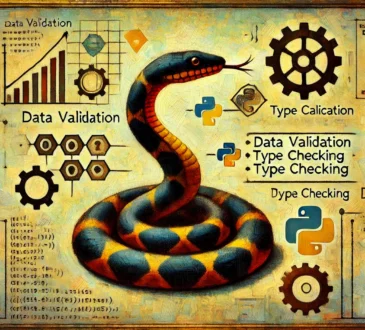SaltStack vs. Ansible: A Comparison of IT Automation Tools
In today’s fast-paced digital landscape, IT automation has become an essential tool for businesses looking to streamline their operations and improve efficiency. Two popular IT automation tools are SaltStack and Ansible, both of which offer a range of features and benefits. In this post, we’ll compare and contrast these two tools, exploring their key features, use cases, and pricing.
What is SaltStack?
SaltStack is an open-source IT automation engine that combines a declarative YAML approach with event-driven automation. It provides a fast, scalable solution for remote code execution and infrastructure configuration. SaltStack is designed to work in high-availability environments, detecting and fixing configuration drift and building and deploying server instances on multiple platforms.
What is Ansible?
Ansible is an open-source IT automation tool that uses YAML-based Playbooks to describe automation jobs. It has a simple syntax and task-based design, making it easy to use for beginners and non-coders. Ansible is designed for basic configuration management, provisioning Linux-based bare metal servers and VMs, automating hybrid cloud and edge deployments, and managing physical, software-defined, and cloud networks.
Key Features Comparison
| Feature | SaltStack | Ansible |
|---|---|---|
| Architecture | Server/client model | Agentless architecture |
| Scalability | Horizontal and vertical scaling | Limited scalability |
| Speed | Fast execution using event bus | Standard internet connection |
| Integrations | Major cloud providers, limited DevOps tools | Wide range of DevOps tools, containerization solutions |
| Pricing | Free version, paid enterprise packages | Free version, paid enterprise packages |
Use Cases
Both SaltStack and Ansible are designed for IT automation, but they have different use cases:
- SaltStack: Deploying IaC in HA environments, detecting and fixing configuration drift, building and deploying server instances on multiple platforms.
- Ansible: Provisioning Linux-based bare metal servers and VMs, automating hybrid cloud and edge deployments, managing physical, software-defined, and cloud networks.
How to Choose
When choosing between SaltStack and Ansible, consider the following factors:
- Scalability: If you need a tool that can scale horizontally and vertically, choose SaltStack.
- Ease of use: If you’re new to IT automation or prefer a simple syntax, choose Ansible.
- Cloud deployments: If you need a tool for cloud deployments, choose SaltStack.
Ultimately, the choice between SaltStack and Ansible depends on your specific needs and goals. Both tools offer a range of features and benefits, and it’s essential to evaluate them carefully before making a decision.
Conclusion
SaltStack and Ansible are both powerful IT automation tools that can help businesses streamline their operations and improve efficiency. By understanding the key features, use cases, and pricing of each tool, you can make an informed decision about which one is right for your organization. Whether you choose SaltStack or Ansible, you’ll be taking a crucial step towards automating your IT infrastructure and achieving greater success in the digital age.




